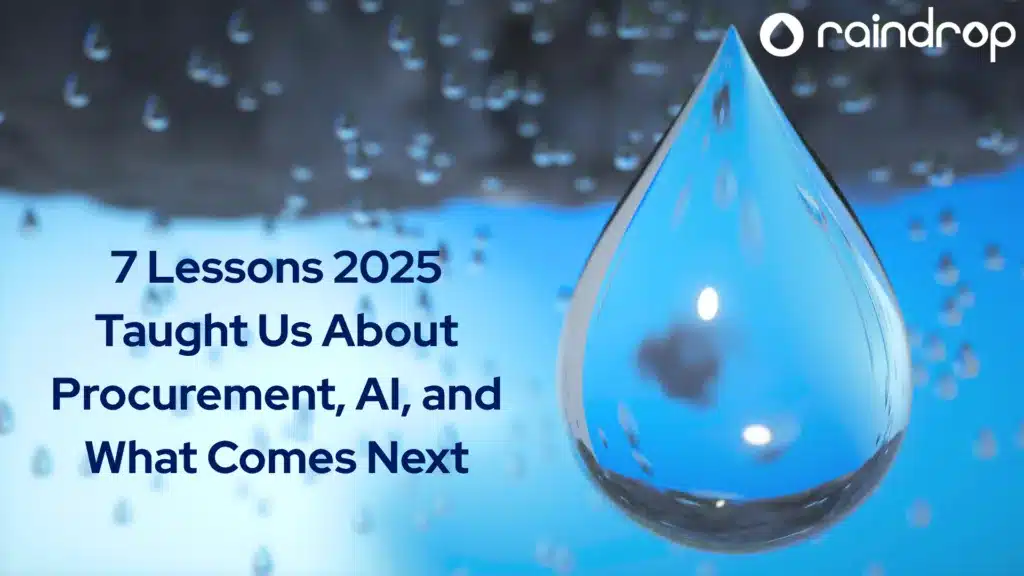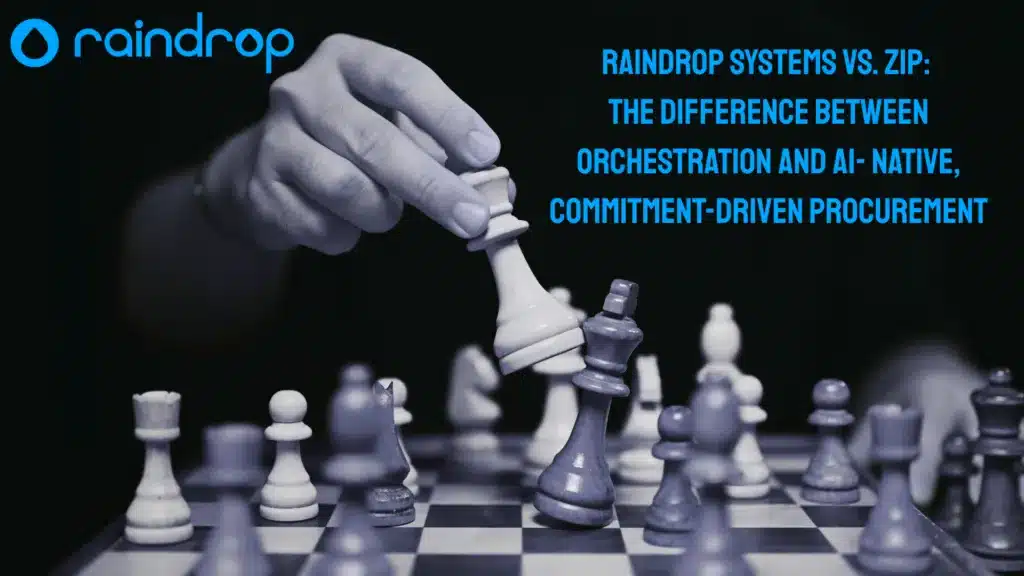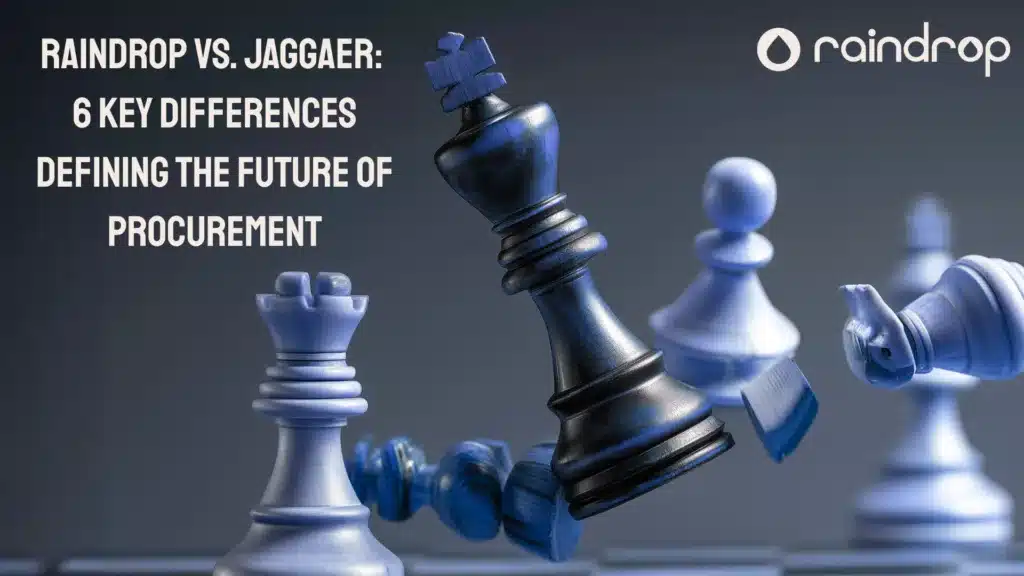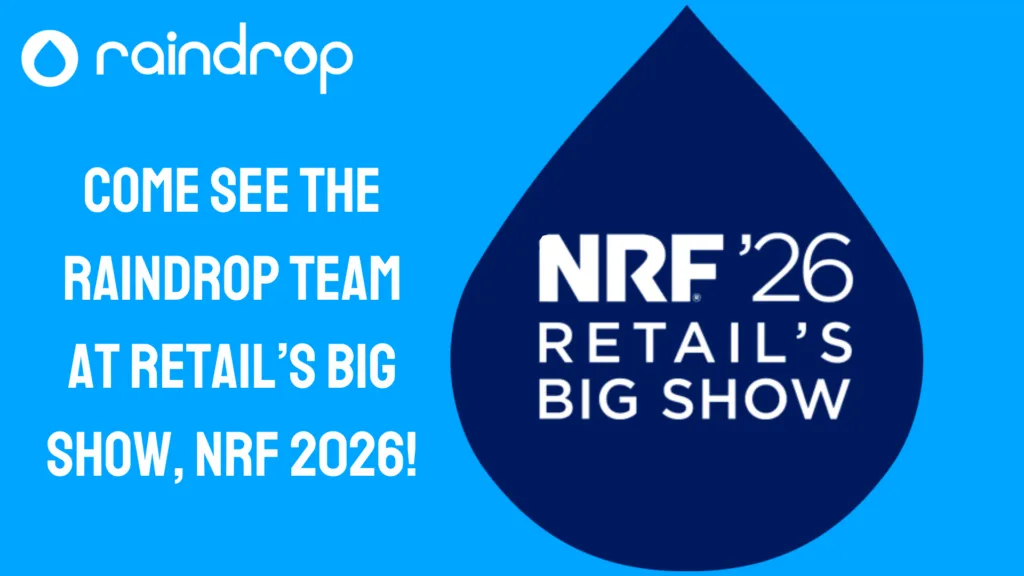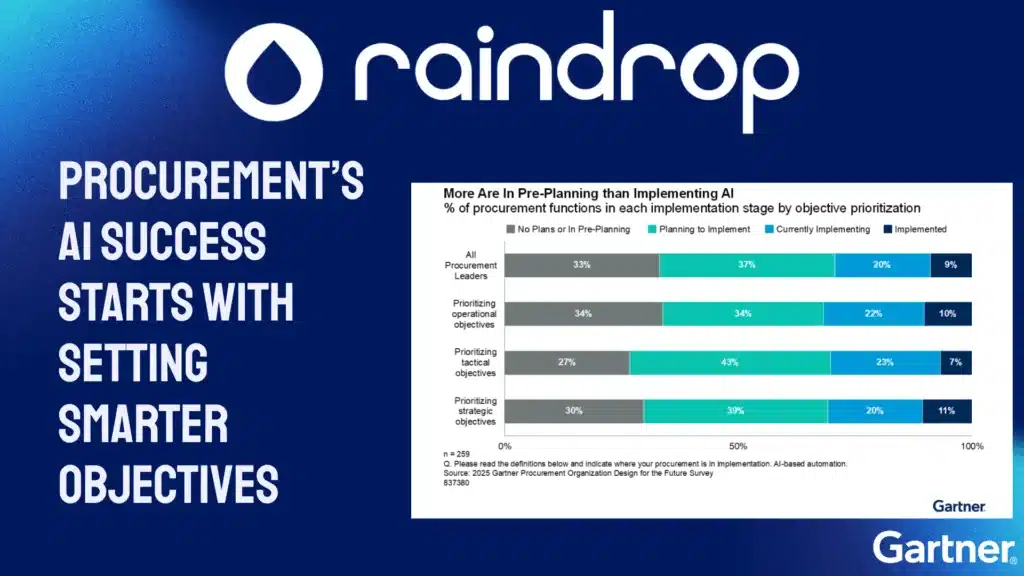5 Hidden Costs of Legacy Procurement Systems (and How to Escape Them)
Key Takeaways
Legacy procurement systems silently drain value through hidden costs like wasted productivity, missed savings, compliance risks, and ongoing maintenance overhead.
Fragmented, outdated tools limit visibility and agility, preventing procurement from acting as a strategic partner to the business.
Modern, AI-native platforms like Raindrop unify sourcing, contracts, suppliers, and spend data—eliminating silos and surfacing real-time insights.
Automation replaces manual work, freeing teams to focus on innovation, supplier strategy, and measurable business impact.
Modernization doesn’t have to be disruptive—a phased, unified approach can quickly reduce costs, mitigate risk, and unlock ROI.
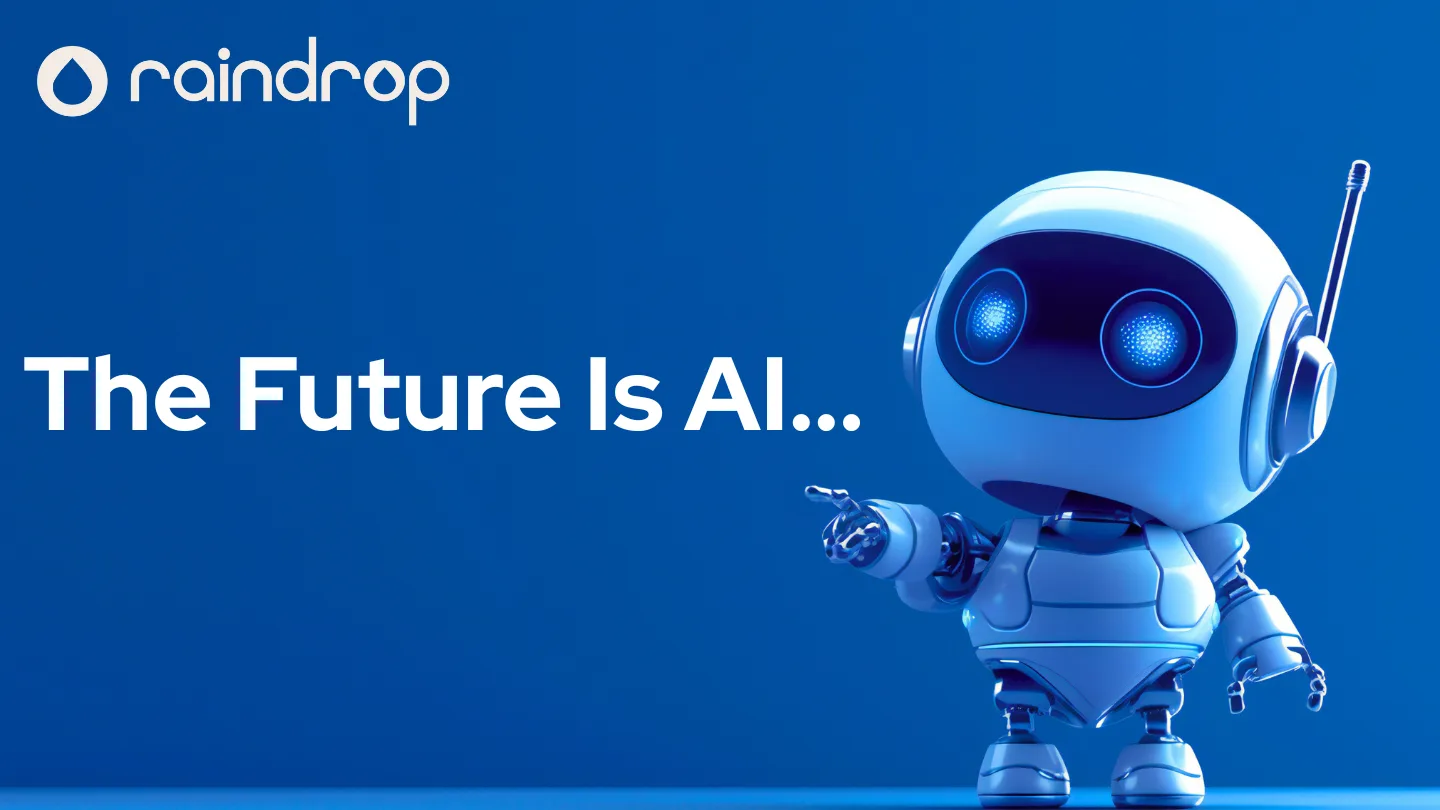
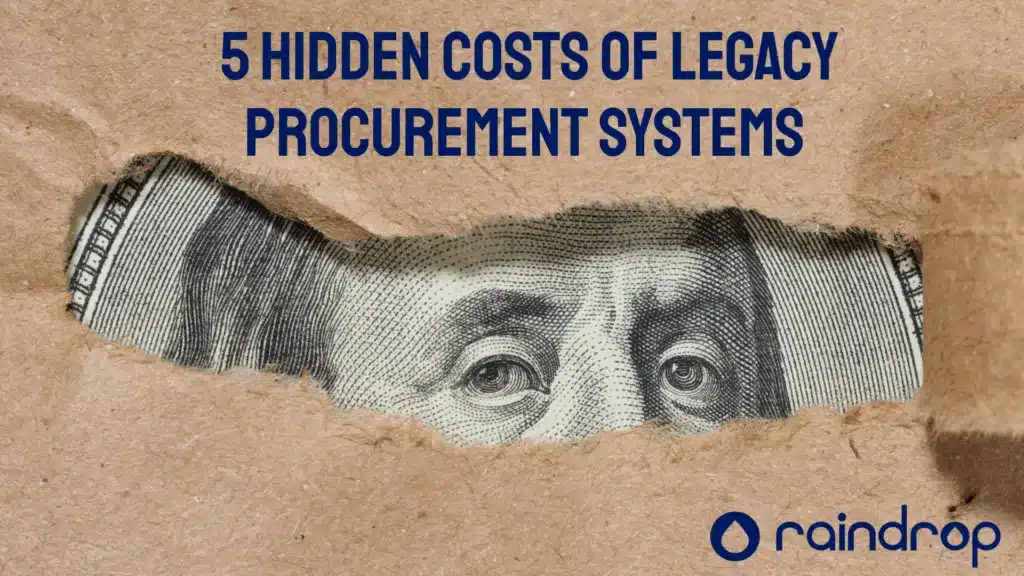

Introduction
Legacy procurement systems often feel “safe.” They’re familiar, they’ve been around for years, and on the surface, they seem to work well enough. But beneath that comfort lies a growing problem. Outdated tools and fragmented processes quietly drain productivity, increase risk, and inflate costs across the business.
The truth is, what once felt stable has become a silent barrier to progress. Procurement teams can’t move at the speed of the business, opportunities slip through the cracks, and leaders struggle to prove their impact. According to Gartner, many organizations continue to rely on legacy systems that limit innovation and slow digital transformation.
At Raindrop, we believe procurement technology should empower teams—not hold them back. The modern procurement function needs visibility, agility, and insight. That starts with recognizing the hidden costs legacy systems create every day.
The Reality of Legacy Procurement Systems
What They Look Like Today
For many organizations, “procurement technology” still means a patchwork of disconnected systems. One tool for sourcing. Another for contracts. A separate portal for suppliers. And when those systems don’t talk to each other, teams fall back on spreadsheets and manual workarounds.
Approvals happen over email, supplier data lives in shared drives, and every process depends on tribal knowledge instead of structured workflows. It’s inefficient—and worse, it’s invisible to leadership until something breaks.
Why That’s a Problem
Procurement’s value today depends on being a strategic partner—able to analyze spend, assess supplier performance, and guide smarter investments. But legacy systems make that nearly impossible. Fragmented data, inconsistent processes, and rigid workflows force teams into tactical firefighting instead of strategic decision-making. McKinsey has reported that digital transformation remains a top priority for business leaders seeking efficiency, resilience, and growth—an impossible goal with outdated systems.
When information is trapped in silos, no one has a full view of commitments or risks. Finance loses forecasting accuracy, sourcing can’t find opportunities, and suppliers experience delays and frustration.
The Result
These gaps don’t just slow procurement down—they quietly erode value across the enterprise. Productivity drops. Savings slip away. Compliance risks multiply. And the cost of maintaining outdated systems grows every year.
What’s left are hidden costs—the ones not listed on an invoice, but paid daily in wasted time, missed opportunities, and unrealized potential.
Hidden Cost #1: The Productivity Tax
Even the most capable procurement teams lose hours every week to inefficiency. Legacy systems demand manual data entry, repetitive approvals, and endless reconciliation between spreadsheets and emails. It’s the invisible “productivity tax” that drains focus and limits impact.
When processes are slow and fragmented, high-value work takes a back seat. Teams spend their days chasing down data, fixing errors, and managing exceptions instead of driving supplier innovation or advancing sourcing strategies.
The Real Cost to the Business
The productivity tax doesn’t just waste time—it prevents procurement from operating as a true strategic partner. Without automation and intuitive workflows, decisions are delayed, stakeholders get frustrated, and opportunities are lost.
A modern, AI-native platform like Raindrop automates routine tasks, streamlines approvals, and unifies data in a single view—freeing your team to focus on innovation, supplier performance, and business outcomes.
Hidden Cost #2: Missed Savings from Poor Visibility
When procurement data lives in silos, savings opportunities disappear into the cracks.
Legacy systems make it nearly impossible to see where money is actually going—across categories, suppliers, or business units. Without real-time visibility, even the best sourcing teams are flying blind.
You can’t optimize what you can’t see.
Without a clear, unified view of spend, teams lose leverage in supplier negotiations, struggle to consolidate vendors, and fail to identify pricing inconsistencies. Tail spend runs unchecked, maverick purchases bypass policy, and negotiated savings never reach the bottom line.
The Real Cost to the Business
Lack of visibility doesn’t just impact savings—it undermines credibility. When Finance or the C-suite asks for spend insights, procurement can only deliver partial answers or outdated reports. That erodes confidence and limits procurement’s influence as a strategic function.
Modern platforms like Raindrop change that dynamic.
With unified, real-time spend intelligence, teams can instantly see every contract, supplier, and transaction in context.
That means better forecasting, stronger negotiation positions, and fewer “surprise” renewals that drain budgets.
Raindrop delivers AI-native insights that surface hidden savings opportunities and predict where costs are likely to rise—so procurement can stay proactive, not reactive.
Hidden Cost #3: Compliance & Risk Exposure
Legacy procurement systems weren’t built for today’s regulatory and risk landscape. They struggle to keep pace with evolving requirements—from ESG reporting and supplier diversity mandates to cybersecurity and data privacy standards.
When compliance depends on manual tracking and outdated data, it’s not just inefficient—it’s dangerous. Contracts auto-renew without review. Supplier certifications lapse unnoticed. Risk assessments happen reactively, only after a problem surfaces.
The Real Cost to the Business
Every compliance gap represents potential exposure: regulatory fines, reputational damage, or supplier disruption.
Even a small oversight can escalate quickly when supplier data is scattered across shared drives or locked in disconnected systems.
Procurement leaders know that risk visibility is non-negotiable. But legacy systems make it nearly impossible to answer simple questions with confidence:
Are our suppliers meeting ESG standards?
Which contracts are nearing renewal with outdated terms?
Do we have visibility into financial or cybersecurity risks across the supply base?
How Modern Platforms Solve It
Raindrop gives organizations the control legacy systems lack.
By consolidating supplier, contract, and performance data into one unified platform, procurement teams can monitor compliance in real time.
AI-powered alerts flag risky clauses, expired certifications, or underperforming suppliers before they become liabilities.
With Raindrop’s intelligent governance and audit-ready reporting, compliance isn’t an afterthought—it’s built in. Procurement gains the confidence to manage risk proactively, not reactively.
Hidden Cost #4: Integration & Maintenance Overhead
Legacy procurement systems rarely operate in harmony. Each tool serves a narrow purpose—one for sourcing, another for contracts, a third for suppliers—and none of them talk to each other seamlessly.
The result? Endless integration projects, costly IT dependencies, and constant workarounds to keep the system functional.
Over time, the hidden costs multiply. Teams rely on “shadow IT” tools to fill capability gaps. Custom integrations break with every software update. Each patch or upgrade adds more complexity, not less. What starts as a one-time implementation quickly becomes a permanent maintenance burden.
The Real Cost to the Business
These disjointed systems don’t just drain budgets—they drain momentum.
When procurement needs IT support just to run reports or onboard suppliers, agility disappears.
Every technical roadblock delays sourcing cycles, disrupts stakeholder workflows, and limits procurement’s ability to respond quickly to business needs.
And the cost isn’t just financial. Frequent downtime and inconsistent data create frustration across the organization. Procurement loses credibility as a reliable partner—and innovation stalls under the weight of technical debt.
How Modern Platforms Solve It
Raindrop was designed to end integration chaos.
Its RainConnect integration fabric provides seamless connectivity with ERP, AP, and third-party systems—no manual patchwork required.
That means faster deployments, real-time data flow, and fewer IT bottlenecks.
Instead of forcing teams to work around their systems, Raindrop works the way your business does—intuitive, unified, and built to evolve.
Upgrades are seamless, workflows stay intact, and technical debt doesn’t accumulate with every release.
With Raindrop, integration becomes an advantage, not a liability.
Hidden Cost #5: High Total Cost of Ownership (TCO)
Legacy procurement systems rarely stay within their original budget.
What starts as a one-time investment quickly turns into a long-term drain on both finances and resources.
Licensing fees, custom configurations, maintenance contracts, and third-party consultants all add up—and every “small” upgrade seems to come with a big invoice.
The problem is scalability.
Legacy platforms weren’t built for the pace or flexibility modern procurement demands. Adding new modules or adapting workflows often requires custom development. As your organization grows, your costs grow faster—while your ROI steadily shrinks.
The Real Cost to the Business
The financial impact extends far beyond software spend.
IT hours are consumed by maintenance. Procurement budgets are eaten up by integration projects. End users lose productivity every time the system goes down or needs retraining after an update.
And while the business is paying to keep the lights on, competitors using modern, cloud-native solutions are accelerating ahead—with faster insights, better control, and lower operating costs.
How Modern Platforms Solve It
Raindrop eliminates the hidden overhead that drives TCO through the roof.
As a true AI-native platform, Raindrop is fully configurable without expensive customizations. Workflows, reports, and integrations adapt dynamically to your business needs—no code, no downtime, and no costly consultant hours.
Because it’s cloud-based and continuously updated, there are no maintenance fees or version upgrades to manage.
The result is predictable, transparent pricing—and measurable ROI.
With Raindrop, procurement leaders finally break free from the cycle of rising costs and diminishing returns. Instead of maintaining systems, they’re building strategy, driving efficiency, and unlocking savings that actually stick.
How to Escape the Legacy Trap
Recognizing the problem is only half the battle. Escaping the legacy trap requires a clear, phased approach that balances modernization with measurable ROI.
The goal isn’t just to replace old tools—it’s to transform how procurement operates across the business.
1. Audit Your Hidden Costs
Start by uncovering where value is leaking.
Map your current systems, workflows, and integrations to identify inefficiencies, duplication, and manual effort.
Ask tough questions:
How much time is spent maintaining outdated tools?
How often are compliance or renewal issues slipping through the cracks?
What’s the total cost—not just licenses, but lost productivity and missed savings?
A simple audit often reveals that “doing nothing” is the most expensive option of all.
2. Phase Your Modernization
Modernization doesn’t need to happen all at once.
Start small—focus on quick wins that deliver immediate business value, like spend visibility or supplier management.
Choose initiatives that reduce manual work or consolidate multiple tools into one streamlined process.
Early success builds momentum, strengthens the business case, and gains buy-in across finance, operations, and IT.
3. Choose Platforms That Unify, Not Fragment
Avoid stitching together disconnected point tools. The procurement technology landscape is full of niche solutions, but each new tool adds integration complexity and user confusion.
Instead, look for unified platforms that bring sourcing, contracting, supplier management, and analytics together in one place.
The best modern systems provide a single source of truth—so your team spends less time reconciling data and more time acting on it.
(See our related article: The Point Solution Pendulum)
The Payoff: A Procurement Function That Scales with the Business
When you escape the legacy trap, procurement transforms from a cost center into a strategic driver of business value.
Teams gain the time, insights, and flexibility to focus on what really matters—innovation, supplier partnerships, and resilience in an unpredictable economy.
How Raindrop is Different
Most procurement systems promise modernization.
Raindrop delivers it—intuitively, intelligently, and without the hidden costs.
Where legacy platforms create fragmentation, Raindrop brings everything together: sourcing, contracts, suppliers, and spend—all in one connected ecosystem.
Unified Platform
Raindrop was built to eliminate silos.
Every procurement function—intake, sourcing, supplier management, contracting, invoicing, and analytics—lives in a single, user-friendly interface.
That means no more toggling between systems, no more manual reconciliations, and no more fragmented data.
Procurement gets one version of the truth, visible in real time.
AI-Native Insights
Raindrop isn’t just digitized—it’s intelligent by design.
AI and machine learning power predictive insights that surface savings opportunities, flag risks, and streamline decision-making.
Users can analyze spend across any dimension instantly, model “what-if” scenarios, and make proactive choices that protect the bottom line.
RainConnect Integration Fabric
Integration should accelerate procurement, not slow it down.
Raindrop’s RainConnect integration fabric ensures seamless data flow between ERP, AP, and third-party tools without the need for costly middleware or custom coding.
That means real-time synchronization, zero disruption, and complete system harmony.
Configurable Workflows—Without Complexity
Every organization is different.
Raindrop’s no-code configurability allows teams to tailor workflows, approvals, and reporting without relying on IT or consultants.
You get automation that adapts to your business—without the rigidity or cost of traditional customization.
Built for How Modern Procurement Works
Raindrop was designed by procurement innovators who understand the real challenges of managing commitments, not just costs.
With lightning-fast deployment, intuitive design, and embedded AI, Raindrop turns scattered, unmanaged spend into controlled, actionable insights—and ultimately, measurable savings.
The result:
Faster decisions
Lower risk
Greater ROI
A procurement function that drives business value, not administrative burden
Raindrop makes modern procurement work the way you do: fast, flexible, and focused on impact.
Conclusion
Legacy procurement systems aren’t just outdated—they’re expensive, inefficient, and risky.
They drain productivity, obscure spend visibility, and quietly inflate costs year after year.
Modernizing isn’t simply about upgrading technology; it’s about unlocking procurement’s true potential as a strategic driver of business value.
With Raindrop, organizations gain the agility, intelligence, and control that legacy systems could never deliver.
By unifying data, automating processes, and embedding AI across the source-to-pay lifecycle, Raindrop helps procurement teams move faster, make smarter decisions, and capture savings once hidden beneath legacy inefficiencies.
It’s time to stop paying the price of outdated systems.
It’s time to make procurement a source of competitive advantage.
Make it Raindrop.
FAQs: Moving Beyond Legacy Procurement Systems
1. What are legacy procurement systems?
Legacy procurement systems are outdated tools—often on-premise or built from multiple disconnected point solutions—that require manual workarounds, lack integration, and offer limited visibility into spend or supplier data.
2. Why are legacy systems so costly to maintain?
Their cost isn’t just in licensing. Hidden expenses include IT maintenance, integration projects, manual work, poor adoption, and missed savings opportunities. Over time, these costs far outweigh the perceived stability they offer.
3. How do modern procurement platforms reduce hidden costs?
Modern solutions like Raindrop consolidate sourcing, supplier management, contracts, and spend analytics into a unified, cloud-based platform. They automate repetitive tasks, eliminate redundant systems, and deliver real-time insights that drive measurable ROI.
4. How can I build a business case to replace our legacy system?
Start with a cost leakage audit. Quantify time lost to manual work, money wasted on overlapping tools, and risk exposure from noncompliance or missed renewals.
Then compare those inefficiencies to the efficiency gains, automation, and spend visibility that a modern AI-native system provides. The ROI often speaks for itself.
5. How long does it take to modernize procurement with Raindrop?
Raindrop offers lightning-fast deployment—as little as two weeks for modules and around three months for the full suite. With pre-built integrations and no-code workflows, teams can realize value and ROI in a fraction of the time required by traditional enterprise systems.
6. How is Raindrop different from other procurement software?
Raindrop is AI-native, not AI-added.
It’s designed around usability, speed to value, and integration simplicity.
Where others focus on controlling costs, Raindrop helps manage commitments—to suppliers, stakeholders, and customers—turning procurement into a source of trust, transparency, and business growth.
7. What’s the first step toward modernizing our procurement system?
Begin with an honest assessment of where your current processes are breaking down. Identify inefficiencies, hidden costs, and integration gaps. Then, explore a unified solution like Raindrop that aligns procurement, finance, and operations around shared goals and real-time data.

